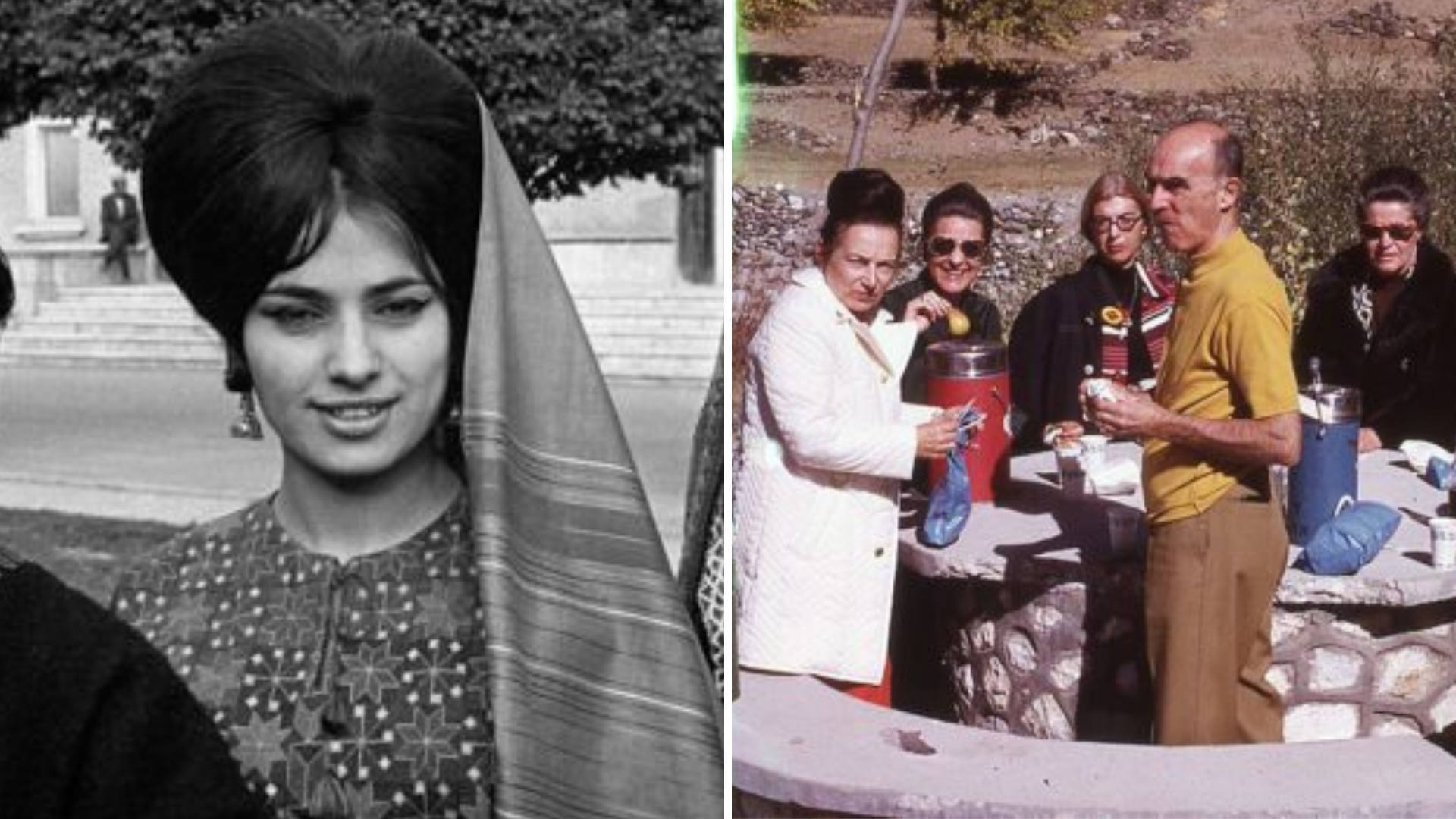Afghanistan has been a strategically important location throughout history. The country served as “a gateway to India, impinging on the ancient Silk Road, which carried trade from the Mediterranean to China.” Sitting along many trade and migration routes, Afghanistan may be called the “Central Asian roundabout,” since routes converge from the Middle East, through the passes over the Hindu Kush, from the Far East via the Tarim Basin and from the adjacent Eurasian Steppe.
The country has a storied history, with the 1960s and ’70s, in particular, being dubbed the “Golden Era,” due to a mix of modern and traditional societal norms and styles. The following photos show just what life was like in Afghanistan during these decades. Keep reading to learn more!
Brief history of Afghanistan
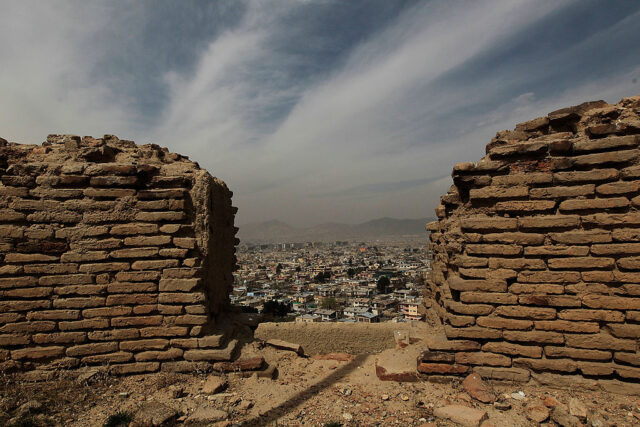
Throughout the ages, Afghanistan has been home to various peoples and witnessed numerous military campaigns. The land also served as the source from which the Kushans, Hephthalites, Samanids, Saffarids, Ghaznavids, Ghurids, Khiljis, Mughals, Hotaks, Durrānī and others rose to form major empires.
The Aryans arrived in Afghanistan from the north after the 20th century BC and left languages that survived in the form of Pashto and Dari. The Arab invasions influenced the region’s culture, as its pre-Islamic period of Zoroastrian, Hinduism and Buddhism had long vanished. Turkish Empire-builders, such as the Ghaznavids, Ghurids and Timurids, made the area of major importance.
The political history of the modern state of Afghanistan began with the Hotak and Durrani in the 18th century. In the late 19th, the country became a buffer state in the “Great Game” between British India and the Russian Empire. Following the Third Anglo-Afghan War in 1919, Amanullah Khan unsuccessfully attempted to modernize the country, after which it fell under the leadership of Mohammad Zahir Shah, who brought peace for 40 years.
Afghanistan’s sovereignty has been held during the Anglo-Afghan Wars, the Soviet-Afghan War and the US War in Afghanistan. The nation has a complex history that’s managed to survive either in its current cultures or in the form of various languages and monuments.
Students of medicine
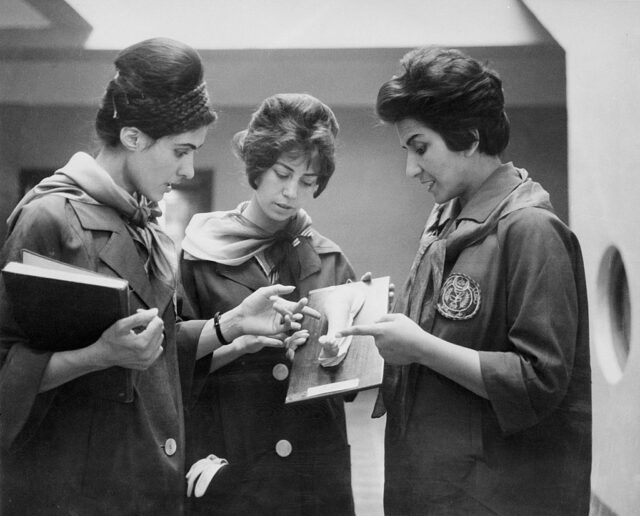
Two female students from the Faculty of Medicine in Kabul, Afghanistan listening to their professor as she instructs with the assistance of a plaster mold of an unidentified part of the human body, circa 1962.
Grabbing the bus

Men hanging out of the back of the bus that’s traveling down a road in Kabul, Afghanistan, circa 1973.
Visiting the market
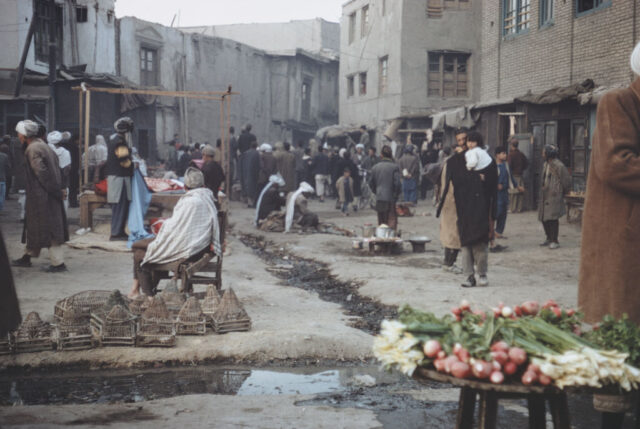
Patrons visiting an open-air market in Afghanistan, circa 1965. Note the open sewer that’s running through the middle of the complex.
Western and traditional dress
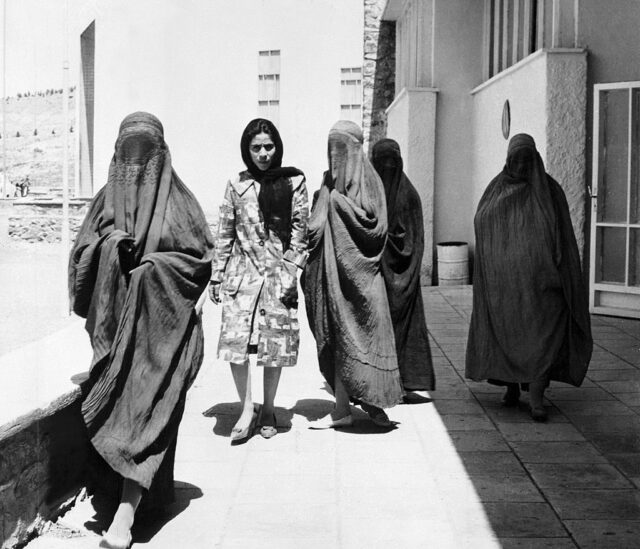
Five women in Kabul, Afghanistan. Four are dressed in traditional garments, while the fifth has donned clothing that’s more typically seen in the West, circa 1962. This image shows the modern and traditional styles that marked the country during the Golden Era.
Taking a stroll through Kabul, Afghanistan
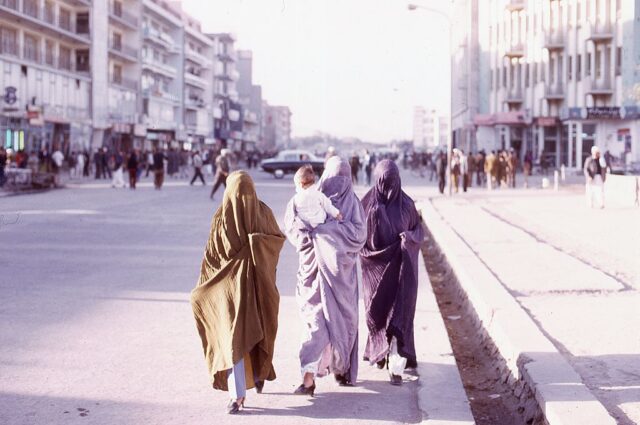
Three women dressed in colorful burkas walking down a street in Kabul, Afghanistan, circa 1973. Note their Western-style slacks and high-heels.
Taking a drive
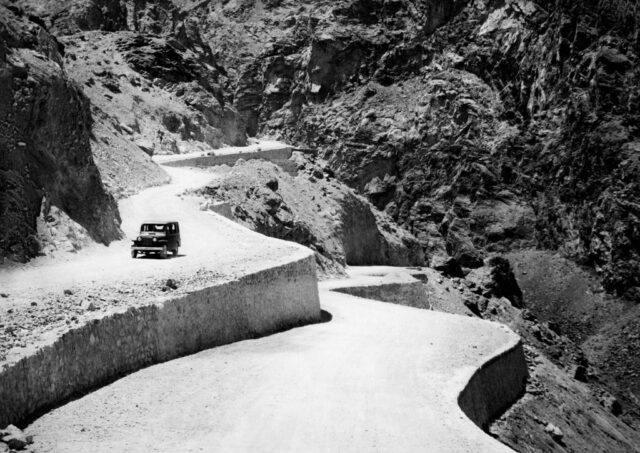
Car driving along the Peshawar-Kabul road stretch in Afghanistan, circa 1960.
Buddhas of Bamiyan

Buddhas of Bamiyan in central Afghanistan, circa 1968. The pair of statues, which dated back to the 6th century, were destroyed in 2001 after the Taliban government declared them idols. All that remains are the crevices they used to inhabit in the Bamyan valley.
Visiting Kabul International Airport

Women donning Western fashion while standing outside of Kabul International Airport in Afghanistan, circa 1967. Each is wearing a different item of clothing that was considered stylish for the time period.
Kabul, Afghanistan
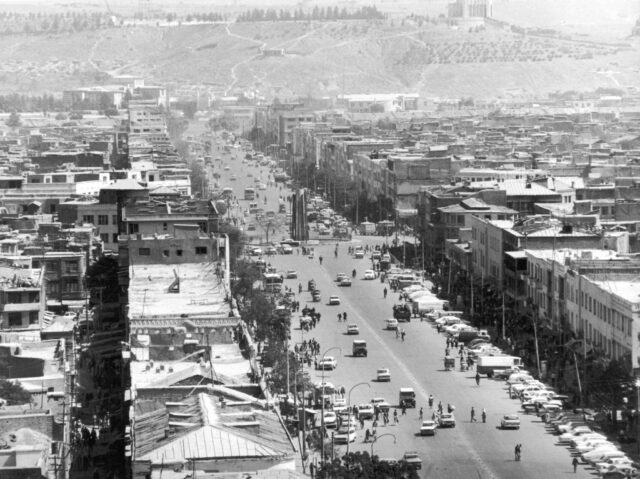
Aerial view of Kabul, the capital city of Afghanistan, circa 1975.
Outdoor lessons

Students taking their lessons outside in Kabul, Afghanistan, circa 1960. There’s nothing like filling your head with knowledge while breathing in some fresh air!
Traditional dress
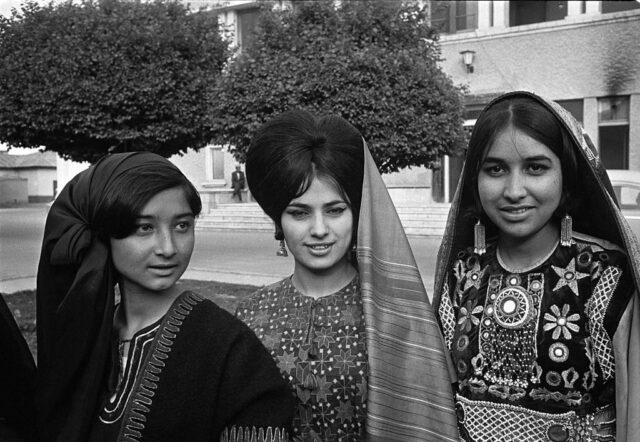
Three Afghan women dressed in traditional clothing, circa 1968.
Khyber Pass
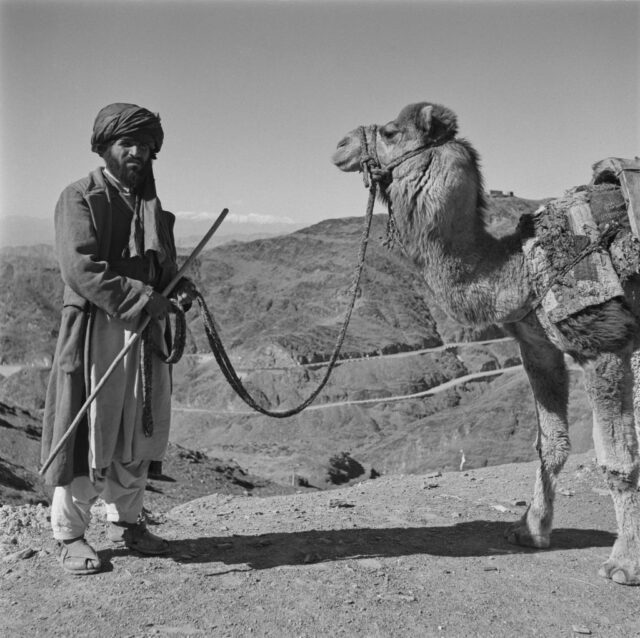
Man standing in Khyber Pass in Afghanistan, circa 1966. The location, along the Pakistan-Afghanistan border, is one of the most famous mountain passes in the world and has played a key role in several conflicts throughout history.
Taking a break after a long bike ride
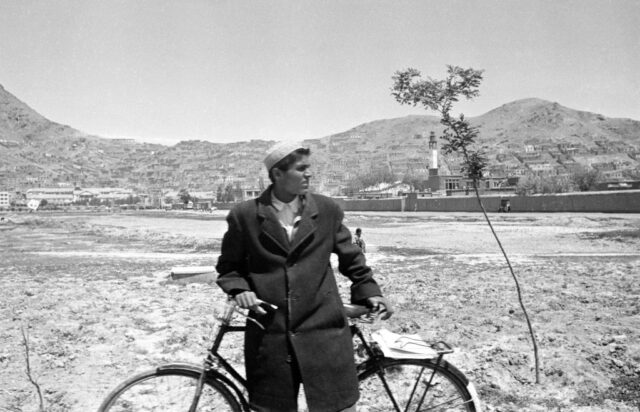
Afghan teenager standing with his bicycle, circa 1968.
Learning biology in high school
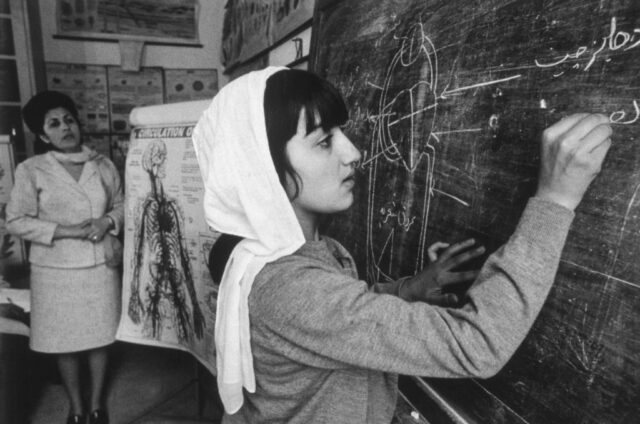
Female student taking a biology class at Malalaï High School in Kabul, Afghanistan, circa 1972. It appears the class is learning about the circulatory system, based on the heart drawn on the blackboard and the diagram of the human circulatory system.
Volunteering with the Peace Corps
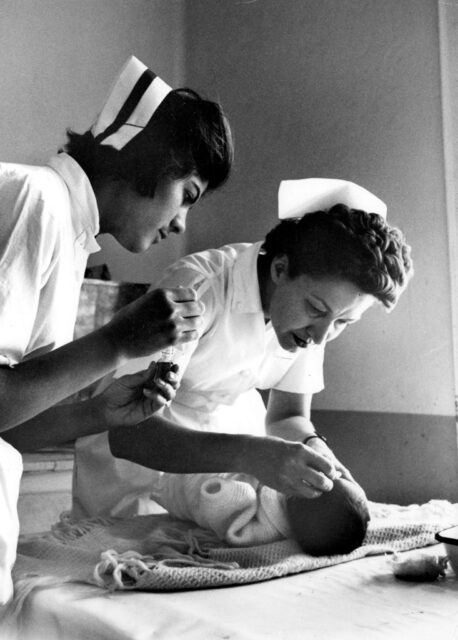
Peace Corps volunteer Dorothy Anne Luketich of Arlington, Virginia (right) and an unidentified woman working as nurses in a hospital in Kabul, Afghanistan, circa 1960s.
Getting a haircut
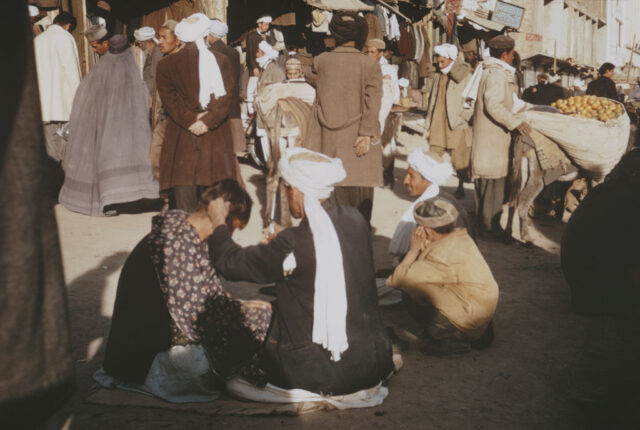
Afghan man getting his hair cut by a street barber, circa 1965. The practice is still around today, with barbers offering their services to those in need of a quick and cheap trim.
Afghanistan’s Royal Family
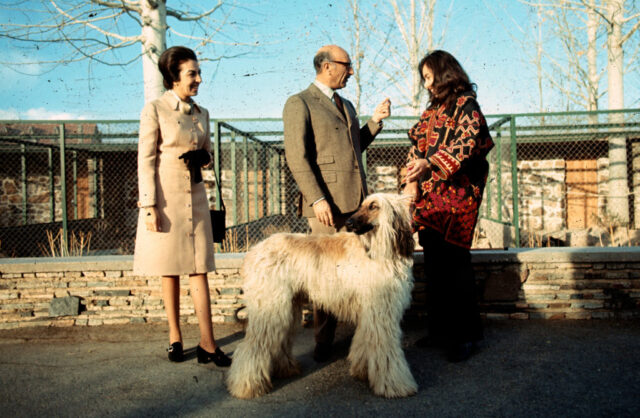
Mohammad Zahir Shah standing with his wife, Humaira Begum, circa 1973. Zahir Shah reigned as the last king of Afghanistan, staying in power from 1933-73. Along with developing relationships with other countries, he worked to modernize the nation.
Time for a picnic!
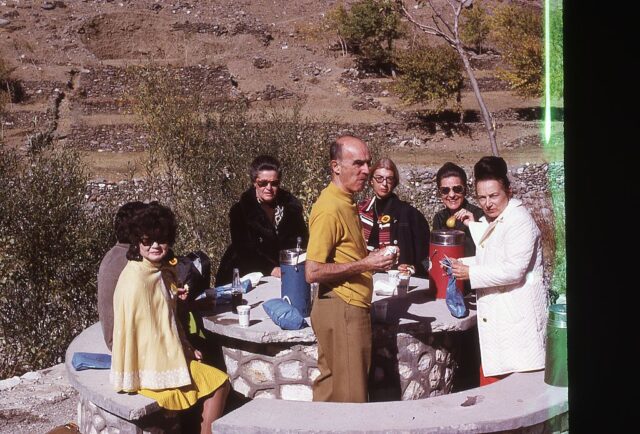
While out and about on a sunny day, these tourists from the Western hemisphere stopped for a picnic in the mountains outside of Kabul, Afghanistan, circa 1973.
Engineering students flash a smile
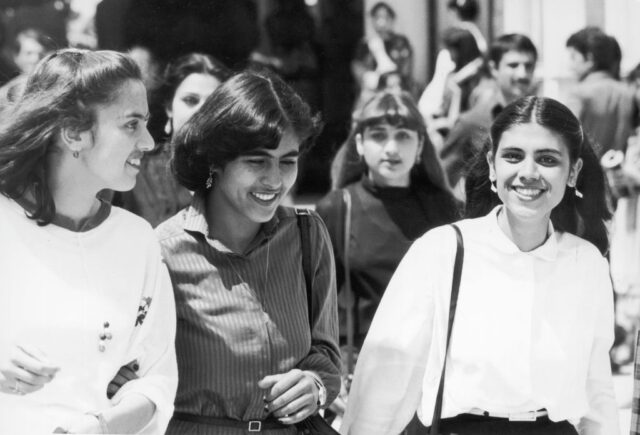
More from us: The Earliest Documented Labor Strike Occurred During the Reign of Ramesses III
Female students at the Polytechnical University in Kabul, Afghanistan, circa 1975. The institution was founded in 1963 as the Kabul Polytechnic Institute, and it’s the second-largest university in the capital city, after Kabul University.
